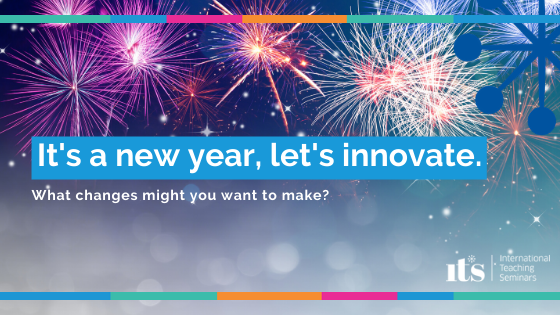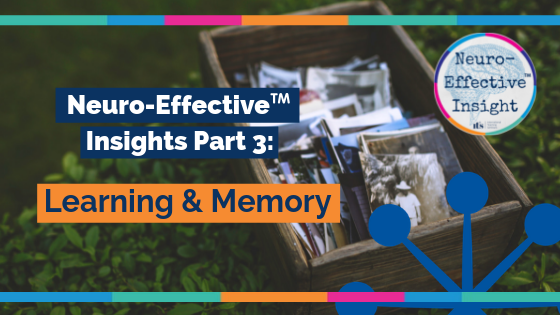Every year at this time millions of individuals simultaneously attempt to innovate.
That’s right, those New Year’s resolutions are really an attempt to make a practical change in the way we think, live and behave so that we may live better, more effective and satisfying lives. If that’s not innovation I don’t know what is.
However, the word innovation is rarely used to describe this remarkable phenomenon. And that’s a pity because understanding what makes for successful innovation would certainly make for more successful New Year’s resolutions.
The clue is that every innovation requires a supportive structure if it is to take root and flourish. That means every New Year’s resolution actually requires two innovations. Both the resolution and the supporting structure require innovative thinking. Most people only focus on the change they want to make. But it’s the way in which they will sustain that change going forward – the supportive structure – which is frequently where the real innovation is needed.
Does ‘Out with the old, in with the new’ really work?
This is the time of year when I hear people say with some gusto ‘out with the old, in with the new’. But innovation doesn’t have to be about jettisoning things. Often it involves figuring out how you take the best of what works with you as you go forward. For instance, when I’m working with leaders – be they of families or corporations – I want to focus on preserving what has been achieved while simultaneously promoting innovation.
This means I’m often clarifying and designing with people the innovation journey either they or their team will need to make if they are to successfully bring something new into the world, be it a product, a service or just a change in the way they do things.
This invariably involves a new way of thinking – sometimes even a new way of being – if they are to succeed. Understanding this process as a journey with ups and downs is often an important part of learning to innovate successfully.
My experience has been that applying this way of thinking to New Year’s resolutions yields powerful results with both individuals and teams.
And this is worth doing because peoples’ resolutions are non-trivial. When you look at their priorities you realize just how significant the pay-off could be if people knew how to make their own innovation journey.
What is top on people’s list?
A few years ago the #1 New Year resolution, among Americans at least, was to Lose Weight, followed in fifth and seventh place by Staying Fit and Healthy and Quitting Smoking respectively.(1) That’s three changes that are explicitly designed to impact people’s health. This year it’s likely to be very similar.
Consider what this means. When aggregated, this is a massive individually initiated attempt at health innovation. Imagine if the majority of these people in this one country were able to engage in such successful health innovation. The personal, social and financial pay-offs would be stupendous. Now multiply that to all the other countries of the developed world where people make similar resolutions.
Yet because most people have little understanding of what makes for successful innovation these attempts are doomed to failure within two months in a very high percentage of cases. (Only about 8% succeed, according to a University of Scranton study published in the Journal of Clinical Psychology).
Supportive Structures are key
“May all your troubles last as long as your New Year’s resolutions!”
Wise words from Joey Adams, American comedian. For most people find that though they are quite genuine in wanting to make a change, their New Year’s resolutions don’t seem to last.
So let me take just one element from my Innovation Journey work and apply it to New Year’s resolutions to significantly stack the odds in anyone’s favour.
In the moment that we resolve to do something different our internal state is such that we feel a genuine desire to make this change. Feelings though are transient and forever changing. As long as you feel the way you did when you made that resolution you stand a chance of making that change. However, in any given day you can go from feeling elated and confident to unsure even despondent – and it’s not even lunchtime yet! The point is that every day each of us experiences a variety of internal states – and only some of these are likely to be supportive of that New Year’s resolution.
If you want to ensure success in making changes you’ll need to create structures that can support you when your internal state may not. Without this it’s often hard to sustain innovation momentum.
The structures that work invariably ensure that any new behaviour or regime can be regular, consistent and ongoing. Creating a routine or being accountable to another would both be examples of such supportive structures. Involving others in these structures is often essential for success.
A personal example: while I wanted the benefits of having worked out that didn’t mean that I actually trusted myself to consistently do it! Thinking about this it became clear to me that what was needed was consistent motivation. So twenty years ago I decided to delegate motivation. Ever since I’ve invested in a trainer who regularly turns up two or three times a week whether I feel like working out or not. I put the structure in place to ensure the change really happened. However, twenty years with the same trainer or indeed doing the same workout would be no good. So periodically I change the trainer and it’s his job to keep innovating new ways of demanding more from my body.
Final thoughts
Whether you make New Year’s resolutions or not, for most people there is something powerful and symbolic about this time of year. It’s about new beginnings. Psychologically that means we’re talking the language of hope. This is potentially a great gift for leaders, teams and individuals. However, as one seasoned leader said, hope is not a method. (2)
So as we start a New Year it might be useful to ask yourself these three questions:
- How can I harness this symbolic new start? For myself? For others?
- Is there any symbolic act that can communicate this change to myself or others?
- What are the specific supporting structures I need to put in place to start and maintain this innovation?





Leave A Comment